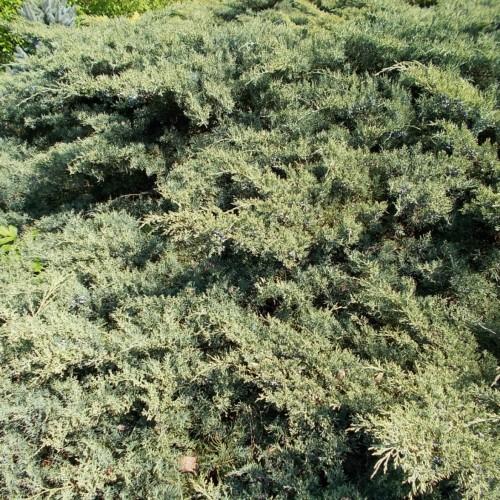
red cedar
Juniperus virginiana 'Grey Owl'
Cycle:
Perennial
Watering:
Average
Hardiness Zone:
2 - 9
Flowers:
Flowers
Sun:
Full sun
Leaf:
Yes
Growth Rate:
Low
Maintenance:
Low
Drought Tolerant:
Yes
Salt Tolerant:
Yes
Care Level:
Moderate
watering
Red Cedars should be watered deeply and infrequently. During the growing season, water the plant when the top inch of soil is dry. Depending on the humidity and the weather, that usually means watering every 7-10 days. During the cooler months of Autumn and Winter, water less frequently, with a longer drying out period between waterings. For example, water once a month if there is no rain and it hasn't rained in some time. When watering, make sure the soil is moist but not saturated. Too much water can damage the root system.
sunlight
Red Cedar (Juniperus virginiana 'Grey Owl') typically receives between 4-6 hours of direct sunlight per day. However, it is important to note that the sunlight should be filtered through an area with lots of trees, as the plant can easily become sunburned if direct sunlight is too strong or in a sunny spot with no protection. Additionally, the ideal time of day for Red Cedar to receive direct sunlight is during the cooler morning and later afternoon hours, as this helps to protect the foliage from any harmful ultraviolet radiation that could be present during the height of the day.
pruning
Red cedar (Juniperus virginiana 'Grey Owl') should be pruned during the late winter or the early spring months. Pruning for a red cedar should focus mainly on trimming and shaping the plant over time. If the plant begins to become overcrowded, it may be necessary to reduce the size of the red cedar by removing some of the branches. Pruning should focus on thinning out some of the old growth as well as removing any dead, diseased, or damaged branches. Any side branches that are growing straight up should be cut back to the main structure in order to maintain the desired shape of the plant. It is important that when trimming a red cedar, that the cuts are clean and not too close, as too much pruning can cause the plant to shock.
